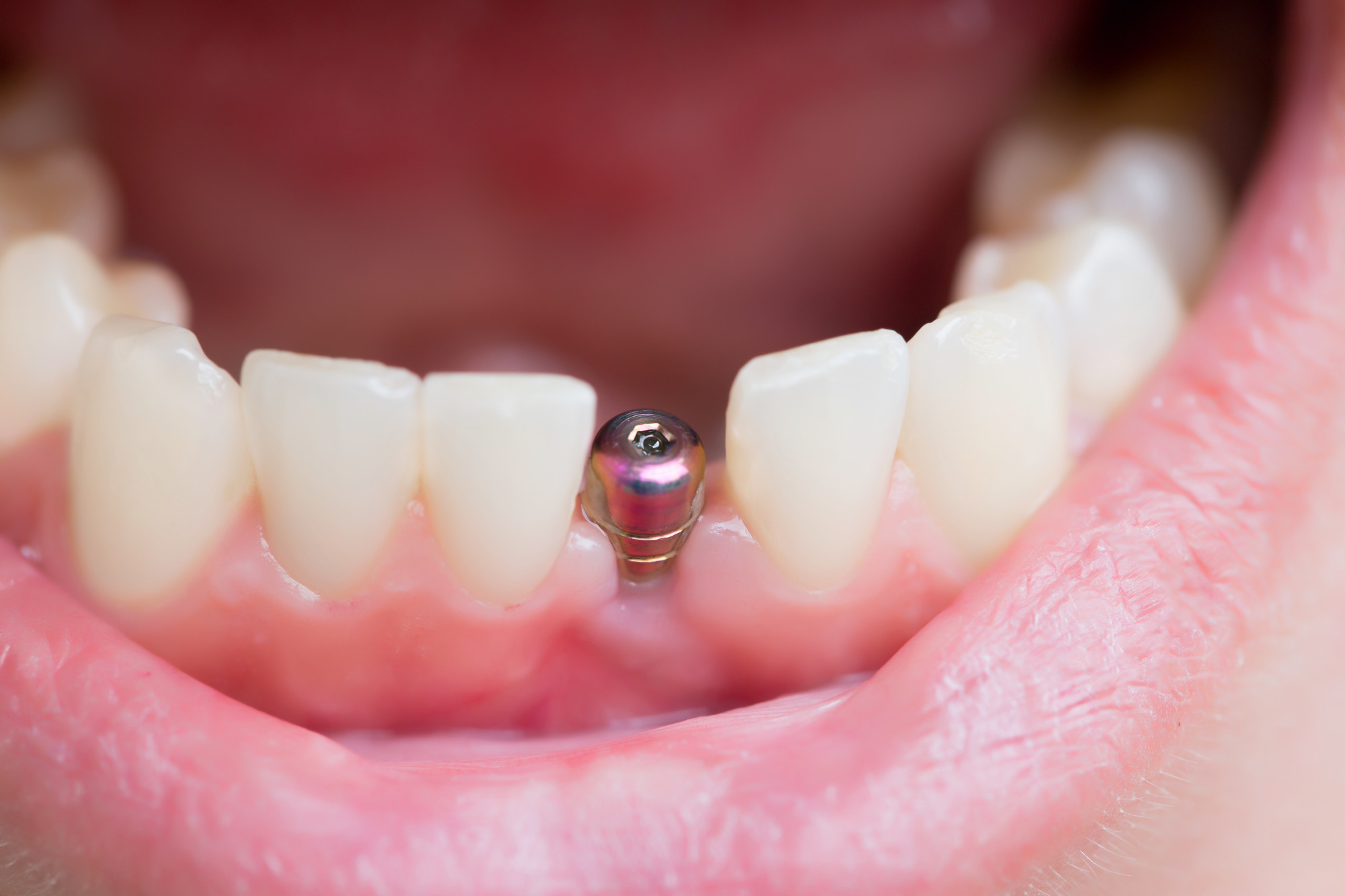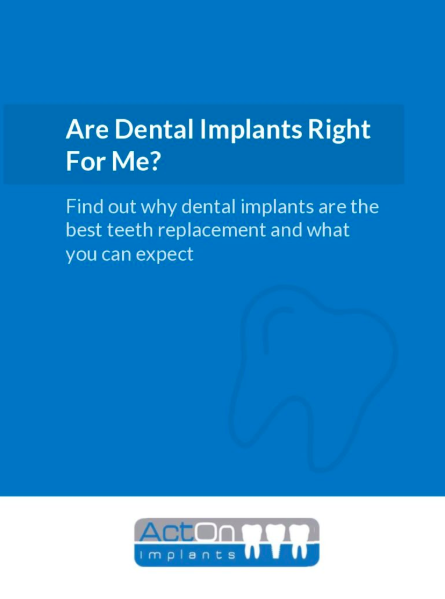
Do you try to hide your smile from others because of missing or damaged teeth? If so, you aren’t alone.
The good news is there’s a solution available for most people with these dental issues. Dental implants are a popular and safe option for people hoping to restore their smiles.
If you’re considering this option, it’s essential to understand the process for dental implants. Then, if you’re ready to look in the mirror and love your smile, we can help!
Here’s a guide to prepare you for the dental implant procedure.
Initial Evaluation
Your dentist will do a comprehensive examination to evaluate the condition of your jawbone and determine if you’re a candidate for dental implants. Your evaluation may include x-rays, impressions, and color matching of your teeth to ensure a natural look.
Before the procedure, you should meet with a dental implant specialist or periodontist to discuss the type and number of implants you’ll need.
It’s important to discuss your health history, including any new health issues or allergies. You may need antibiotics before dental implant surgery to help prevent infection.
Tooth Extraction
If you have teeth that need an extraction, your dentist will remove them before you receive implants. Some periodontists will do extractions on the same day as your dental implant surgery.
Your periodontist will give you a local anesthetic before an extraction. You may feel a tug and some pressure as the tooth is extracted. Following an extraction, avoid smoking, excessive spitting, or drinking through a straw to lower the risk of a dry socket.
Inserting the Dental Implant
There are two types of dental implants. One is inserted into the jawbone, and the other goes under the gumline.
Your periodontist will determine if your jawbone is strong enough for dental implant surgery or whether you need additional bone added. After the implant is inserted, your jawbone will gradually grow around it.
The implant looks and feels like real teeth. The dental implant healing stages range from 3 to 9 months.
Abutment Placement
After your dentist determines if the implant is stable, an abutment will be placed on top of the implant. This connects the implant to the crown.
The abutment should be tightened to stay in place while you eat. You will have a local anesthetic during the procedure but may feel a little pressure.
Adding a Permanent Crown
Once your gums heal, your dentist will make your crown or artificial tooth. You may have the option of a removable or permanent implant.
Removable implants may be a good choice for you if multiple teeth are involved. They are easy to clean and replace as needed.
After the Surgery
It’s normal to have some discomfort after dental implant surgery. You may notice some bruising and swelling around your gums and face.
Eat soft foods, avoid tobacco, and use ice packs following the procedure. Also, remember to practice good dental hygiene to protect your implant and oral health.
Understand the Process for Dental Implants
Dental implants may be the perfect solution for you if you wish for a better smile due to missing, damaged, or discolored teeth.
If you’re considering this option, it’s essential to understand the process for dental implants and talk to your dentist as you weigh your decision.
Dr. Matt Slaven, the dentist and periodontist at ActOn Implants, would love to meet with you and help you achieve a winning smile you can be proud of.
Contact us today to schedule a consultation.

